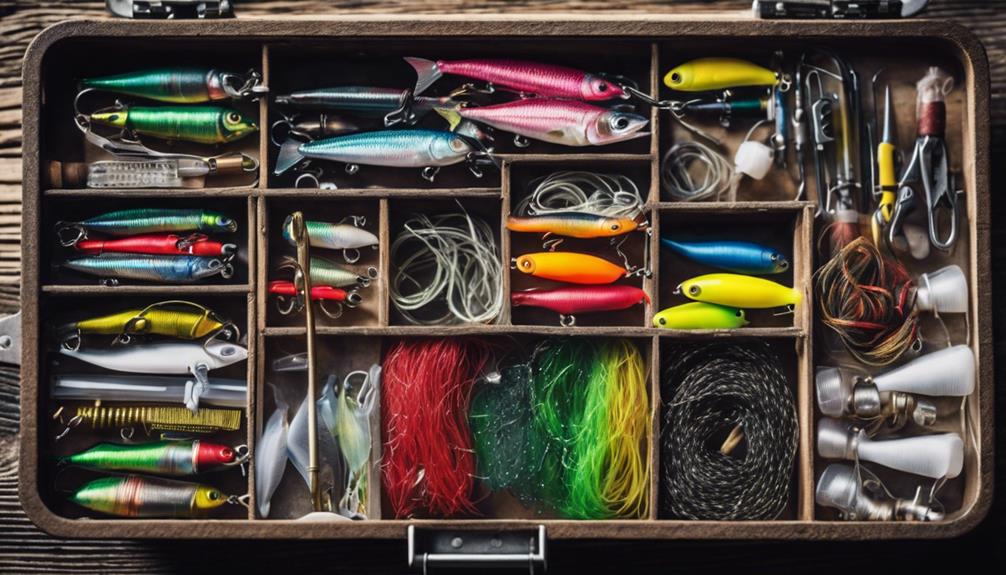Understanding the Basics of Fly Fishing
Fly fishing is a unique angling method that employs a lightweight lure, called a fly, to catch fish. Unlike traditional fishing techniques that use bait and weights, fly fishing relies on the skillful casting of a fly line, which floats on the surface of the water. This method is particularly effective for targeting species like trout, bass, and salmon, as it mimics the insects and other prey that these fish naturally feed on. If you’re asking yourself, “How do you fly fish?”, this guide will walk you through the essential components, techniques, and tips to get you started.
The Essential Gear for Fly Fishing
When diving into the world of fly fishing, having the right gear is crucial. A typical setup includes a fly rod, fly reel, and the appropriate line. Fly rods are generally longer and more flexible than conventional rods, allowing for the delicate presentation of the fly. Fly reels are designed to hold the specialized fly line, which is lighter and floats on water. Additionally, you’ll need a selection of flies, which come in various patterns to imitate different insects, as well as leaders and tippets to connect the fly to the line. Wearing appropriate waders can also enhance your experience by keeping you dry and comfortable while fishing in various water conditions.
Choosing the Right Fly for the Conditions
Understanding how to choose the right fly is essential for successful fly fishing. The type of fly you select often depends on the species you’re targeting, the season, and the local insect life. Flies are generally categorized into three main types: dry flies, which float on the water surface; nymphs, which sink and mimic immature insects; and streamers, which imitate baitfish or larger prey. Observing the water and noting any visible insects can help you determine what flies will be most effective. Remember, the key to mastering how do you fly fish lies in your ability to adapt your fly selection to the conditions you encounter.
Learning the Casting Techniques
Casting is a fundamental skill in fly fishing that requires practice and precision. The basic technique involves the “backcast” and “forward cast” motions. To start, you’ll need to hold the rod at a 10 o’clock position, then bring it back to a 2 o’clock position while allowing some line to unfurl behind you. In one fluid motion, you’ll then bring the rod forward to the 10 o’clock position again, releasing the line as you do so. Ensuring that the line is straight and follows a smooth arc will help your fly land softly on the water. Learning to cast effectively will greatly enhance your ability to present your fly naturally, which is crucial for enticing fish.
Understanding Fish Behavior and Habitat
To effectively answer the question, “How do you fly fish?” it’s vital to understand fish behavior and their habitats. Different fish species exhibit distinct feeding patterns based on the time of day, weather, and water temperature. For instance, trout are often more active during dawn and dusk. Additionally, understanding where fish are likely to be found—such as near rocks, under overhanging trees, or in deeper pools—can significantly increase your chances of success. Familiarizing yourself with local fishing regulations and seasonal patterns will also help you determine the best times to fish and the specific techniques that may be most effective.
Practicing Catch and Release Ethics
As an aspiring fly fisher, it’s important to practice ethical fishing techniques, particularly catch and release. This practice not only helps conserve fish populations but also ensures sustainable fishing for future generations. When you catch a fish, handle it gently, wetting your hands before touching it to protect its slime coating. Use barbless hooks whenever possible, as they minimize injury to the fish. If you plan to release your catch, do so quickly and carefully, ensuring the fish has the best chance of survival. Understanding and implementing these ethical practices will contribute to the overall health of aquatic ecosystems.
Finding Local Fly Fishing Spots
Once you’re equipped with the basics of how to fly fish, the next step is to find local fishing spots. Researching online can provide a wealth of information, including forums, social media groups, and local fishing clubs. Many regions have designated fly fishing areas, such as rivers, lakes, and streams, that are known for their abundant fish populations. You might also consider hiring a local guide who can provide valuable insights into the best locations, seasonal patterns, and effective techniques in your area. Connecting with fellow anglers can also enhance your understanding of local conditions and opportunities.
Joining the Fly Fishing Community
Finally, one of the best ways to enhance your fly fishing skills is by joining the fly fishing community. Many cities have local clubs or organizations dedicated to fly fishing that offer workshops, meet-ups, and group outings. Engaging with experienced anglers can provide you with tips, encouragement, and support as you refine your techniques. Additionally, participating in community events can give you access to exclusive fishing locations and the chance to learn from seasoned professionals. By immersing yourself in the fly fishing community, you’ll not only improve your skills but also make lifelong friendships with fellow enthusiasts.
In conclusion, learning how to fly fish is an exciting journey that combines skill, patience, and an appreciation for nature. By understanding the basics, acquiring the right gear, mastering casting techniques, and connecting with the fishing community, you can enjoy this rewarding sport to its fullest. Whether you’re casting your line in a tranquil stream or battling a feisty trout, fly fishing offers an unparalleled experience that will keep you coming back for more. Happy fishing!
